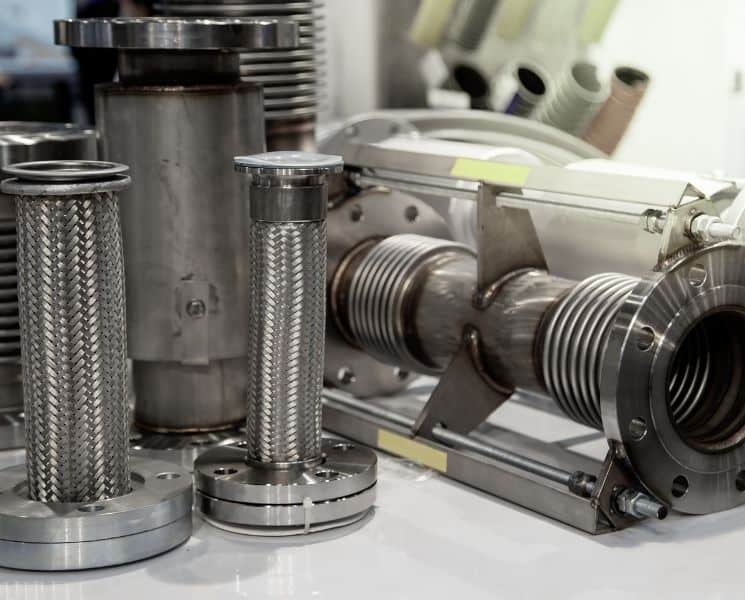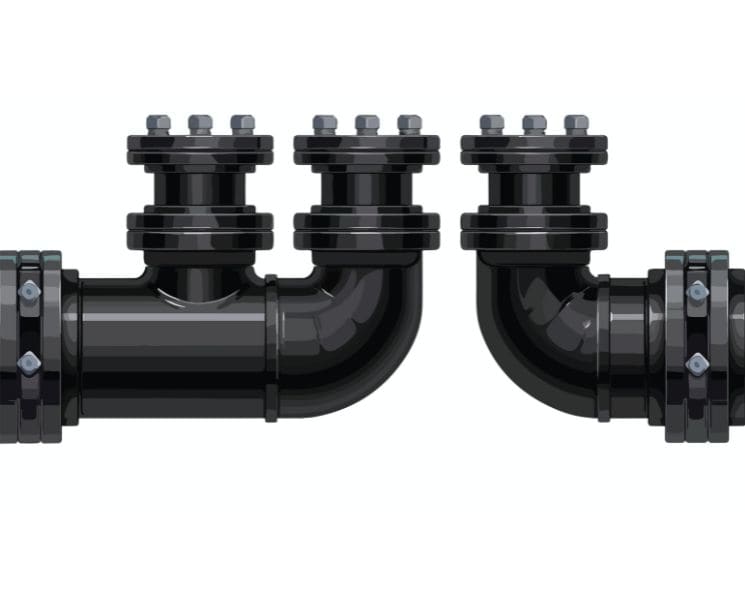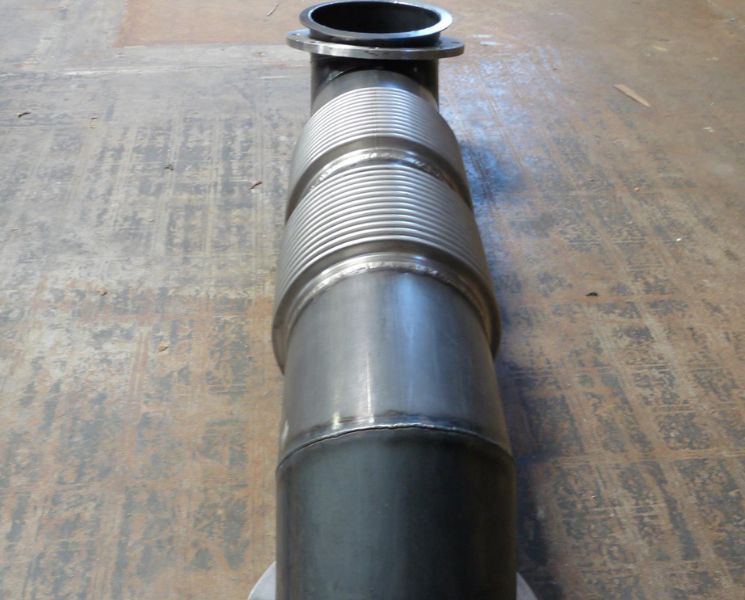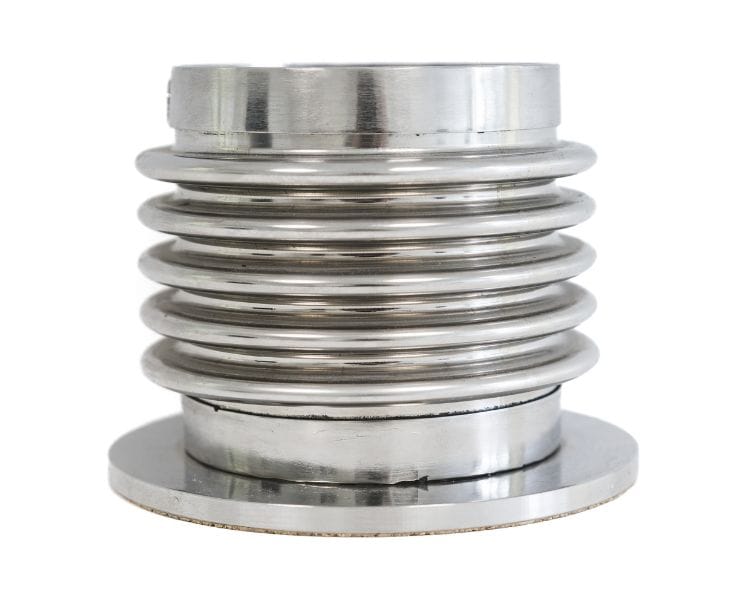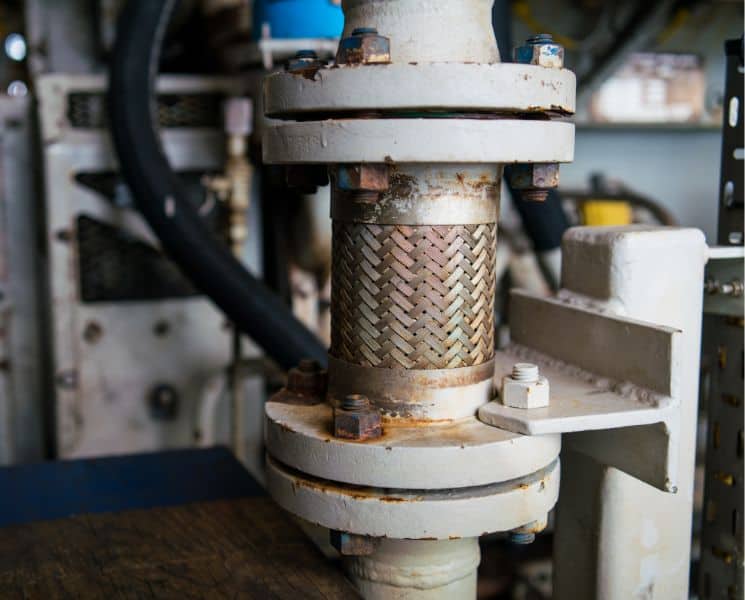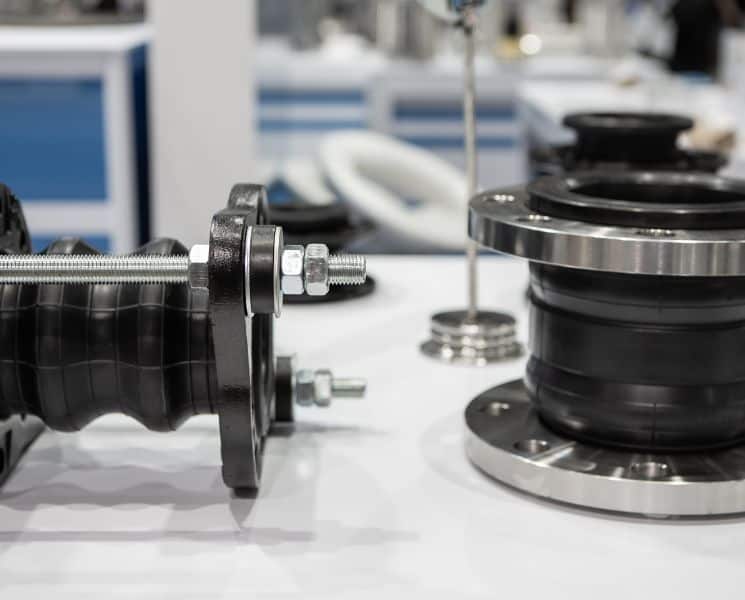The Expansion Joint Manufacturers Association (EJMA) has standards that all metal expansion joints are required to meet. The EJMA established these guidelines to ensure efficiency and job site safety. If these components malfunction, pipes can burst, leading to a major accident that could have been prevented. Hopefully, these tips for determining if your metal expansion joints work properly will decrease the likelihood of things going wrong at the workplace.
Certification and Tests
Only certified professionals can test an expansion joint’s quality. Someone untrained could end up hurting themselves or causing a mess at the job site. Once an industrial site finds an expert to test its expansion joints, the process can begin.
Different Types of Tests
There are several kinds of tests to determine if an expansion joint is malfunctioning. Testers can look at the frequency a joint can handle. If they notice an expansion joint begins to break when exposed to pressure, they may need to replace some parts.
Testers can also run tests to see how the expansion joints manage heat transfer. If testers determine that the joints are wearing when heat travels through the pipes, you will need to make adjustments to bring things back to code. Experts might also look at the bellows and springs to check what is going on below the surface.
External Factors
Certified professionals might also check out external factors after completing some tests. Things like age or temperature of the industrial site may put extra pressure on the expansion joints, resulting in damage. Professionals should remember, though; only certified testers can go through these processes. Assigning these tasks to just any employee is dangerous and inefficient.
Supervisors should follow these tips for determining if metal expansion joints work properly. If testers do conclude that parts must be replaced, managers should contact Triad Bellows right away. We sell top-of-the-line custom metal expansion joints that meet standards and fit into narrow piping systems. Our expansion joints also have long life cycles, so they do not break earlier than expected.

